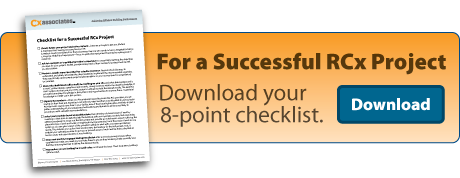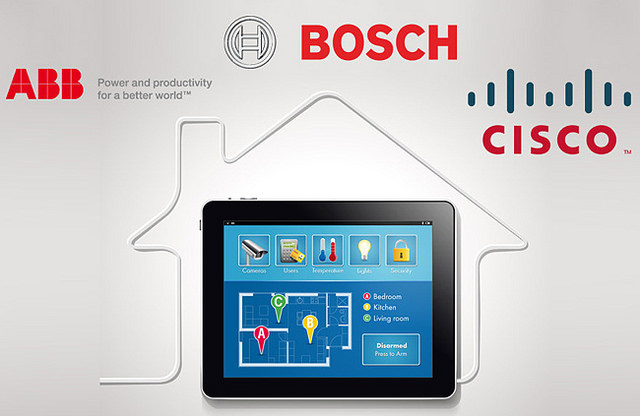Retrocommissioning (RCx) is a great way for facilities owners and managers to improve energy efficiency and performance of existing building systems without incurring large capital costs. Some projects result in such great savings that simple payback can be less than a year. The RCx process involves assessing the operating performance of existing equipment in a facility, and then making recommendations to improve the performance based on the results of the assessment. These improvements are typically done by making adjustments to how the equipment is controlled.
Look to Chillers for Big Retrocommissioning Savings
Large energy users in building systems are usually targeted during RCx, because a small percent change in energy usage can yield a large quantity of energy savings. On average, HVAC in a commercial building is responsible for about 37%[1] of its annual energy usage. In buildings that use chilled water for cooling, the chiller is typically the single largest consumer of electricity.
Dial In Setpoints
Since the chiller is typically serving a large number of end-use devices, a fair amount of savings can come from optimizing the equipment and loads on the chilled water system. An example of optimizing a load on the chilled water system would be adjusting the supply air temperature setpoint of an air handler with a cooling coil. Having a supply air temperature setpoint that is lower than needed creates a higher than necessary load on the chilled water system. Correcting these setpoints can reduce the overall load on the chiller and result in chiller energy savings. In addition, bonus savings on systems beyond the chilled water system can also be realized in the form of reduced terminal reheat. In a recent project, we figured the chiller savings from an AHU supply air temperature setpoint change on multiple AHUs to be 62,000 kWh per year (about $7,250 per year in energy cost savings).
Commercial chillers offer big savings with retrocommissioning
These are just a couple of examples of opportunities for energy savings through retrocommissioning a chiller and chilled water system. For more information, please contact us and see what other benefits retrocommissioning can offer your building.

[1] http://buildingsdatabook.eren.doe.gov/TableView.aspx?table=3.1.4



